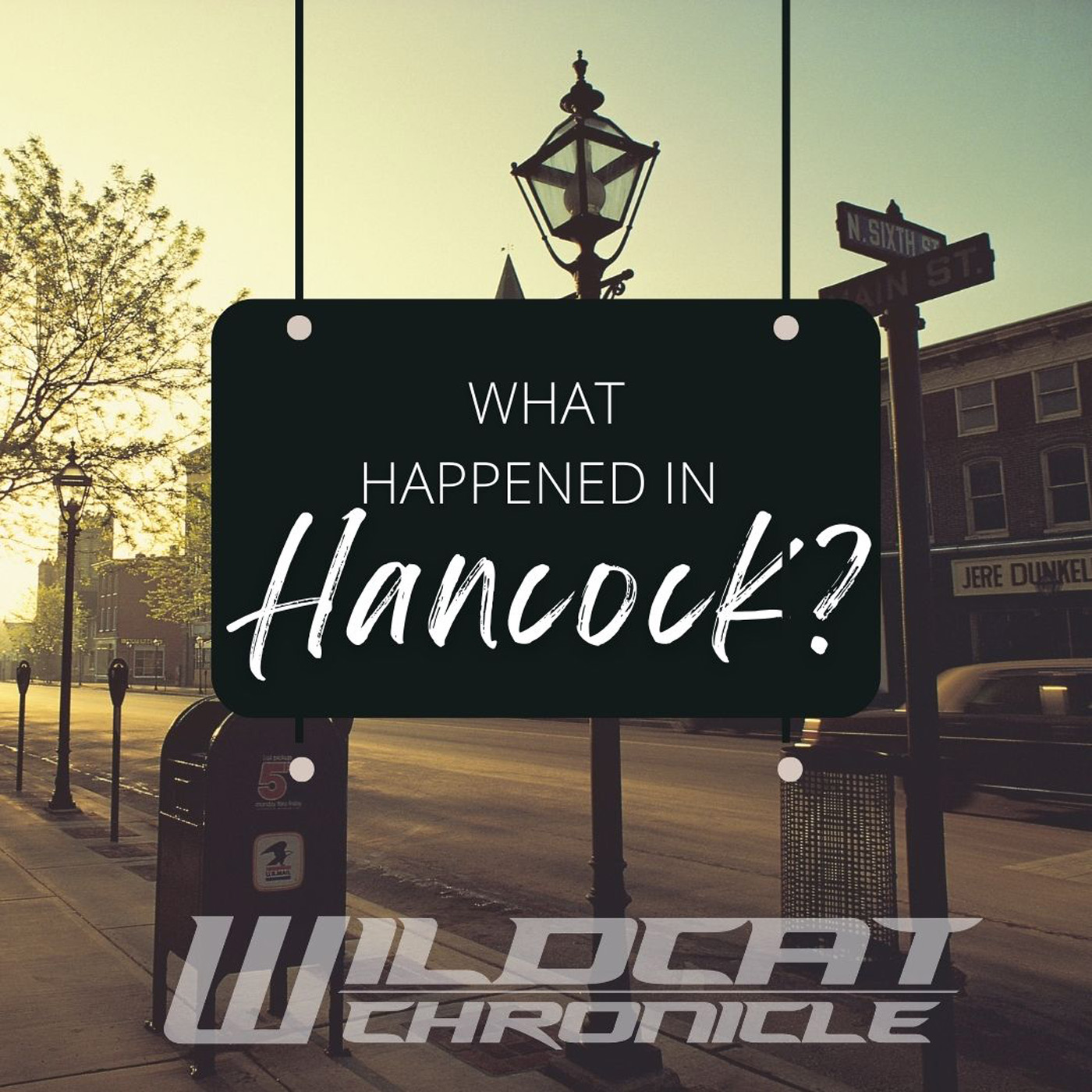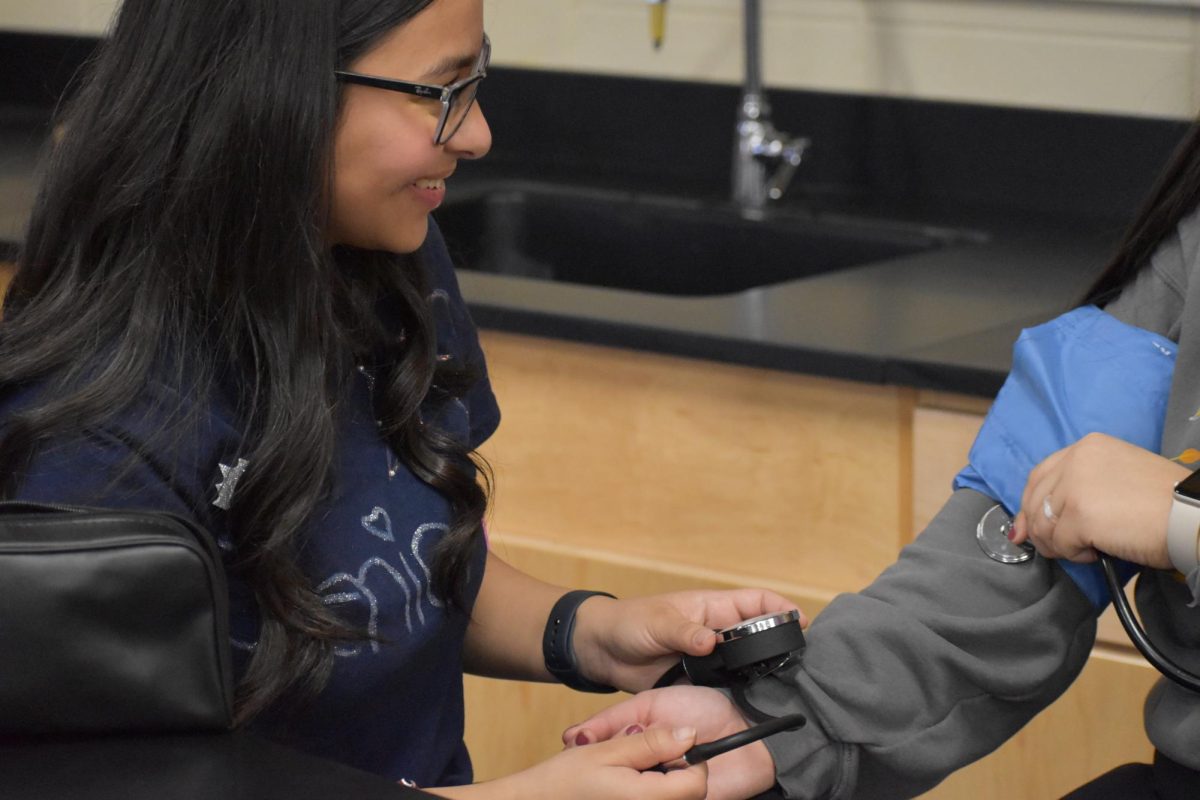A transcript of this podcast has been provided below.
The date was August 1 of 1952, and 53-year-old Casey Abernathy and his wife, Jill Abernathy, were coming home after a relatively uneventful Friday night at their favorite bar slightly over 2:30 in the morning.
The couple arrived at their house in the small town of Hancock, Wisconsin, and to their absolute horror, when they opened the door, they found their one and only son, Jim Abernathy, facedown in a pool of his own blood.
At the time, local authorities ruled the death of suicide, as all of the doors in the house were locked, and there was no way that anybody could have gotten in.
Hell, for not even a month later, Jim’s case was reopened by the state as an ongoing murder investigation, as Jim’s autopsy revealed that he had been dead for up to 11 hours prior to him being found in his parents’ home. So, what actually happened and how did he die? Well, although local authorities tried their best, Jim’s case remain cold for the next 50 years.
Hi, my name is Micah Weber and I want to share with you the fabricated story about a town in the cold case that haunted it for over five decades. Welcome to “What Happened in Hancock?”.
So, before we talk about the actual murder, we kind of need to talk about the town, and the people in the town – the important players – and you know, a little bit of the history because it’s really important to the overall understanding of the situation. And you know, what the just – just what the vibe was at the time. So Hancock in the 1950s was kind of like the stereotypical American town. It was a very beautiful area and because of the postwar boom that had happened, and just the beautiful landscape and you know, Hancock just happened to sit on. It sat on two lakes actually. It became a very popular place for summer homes and lake homes to be built. And because of all of this wealth pouring into the town, the town of Hancock was actually a very beautiful place. The city put a lot of money into the roads and public services. So you had these beautiful libraries with new books, and these beautifully paved roads. It was really just kind of the idyllic, you know, stereotypical American-made street.
And for everybody that lived there, it was absolutely incredible because you just had this wealth of well-funded public services, as well as a lot of local businesses. The economy was booming, everything was great. Everybody was happy. However, wherever there’s light, there’s also darkness. And the, you know, the beautiful features of this town, you know, geographically in its buildings and its well-funded public services, attract some unsavory characters, and this came in the form of the famous and notorious mafia syndicate, the Chicago outfit. They would actually come up from Chicago, and they would build their summer homes and their lake houses there. And for, you know, a part of the year, they would they would live in Hancock, Wisconsin, and so, although, you know, they were relatively, you know, they were they were basically normal people because it’s like, you know, at home in Chicago, they’re on the clock, you know, it’s pure business, but here, you know, fun and play so people got close with these, you know, these mafia people, which for some people, you know, is completely fine because ultimately, you know, they weren’t there to get any dealings. They were just neighbors. They were literally just neighbors.
However, some people did get into dealings with them in whether that took the form of taking loans, or asking for favors to be done. The people of Hancock were – not by their own volition – mingled with the Chicago outfit. And this was something that would kind of stay with the town for a long while. So now that that key piece of information is out of the way, we can talk about some of the big players in town, you know, head honchos, whatnot. So of the many, many places you know, stores and stuff like that town, there was really four main ones. And you know, really the only ones that you have to remember are the Hancock Hotel, which was not an actual hotel, it was a bowling alley that served pizza, Bill’s Hardware and Gas, the one and only functioning gas station in the entirety of Hancock, the Hancock City Bank, and of course, Casey’s. And of the Big Four, surprisingly, most influential, powerful and most well respected was actually cases run by none other than Casey Abernathy.
So let’s talk about Casey for a second. Casey was a super well-respected and admired member of the community. He had served to the United States Army during World War II. So he’s a veteran, and he’s also a really good, skilled butcher, who runs the only, you know, butchery in town. So Casey really has this you know, just reputation of being a really great guy, super responsible. He is somebody that you can count on. He’s dependable, you know, and on top of everything else, he’s a extremely intelligent businessman. This is important because the town of Hancock had, for some reason, historically, had a severe lack in fresh meat and dairy products. And so when Casey came in, he really kind of scratched that itch for the local people. So not only did he gain the respect of a lot of people, because you know, he was finally bringing this, you know, product that everyone had wanted into town, but he also brought it in at an extremely affordable price. I mean, that the entire pop – you know, the entire small, albeit, population that was Hancock could afford the premium meats and stuff like that at a good price. So he was just a very beloved person.
But how does any of this connect to the disappearance of Jim Abernethy?
Well, I’ll tell you. Although his father was beloved by the town, he was not, and there were a number of reasons for this, but the biggest one by far was several years earlier, he had successfully managed to steal and scam about, I want to say $2,000, from local townspeople, which now doesn’t sound like a lot but adjusted for 1952 inflation, and that’s about $23,000 that he had stolen. So naturally, the townspeople weren’t exactly stoked about Jim Abernathy, just as a person, and this caused a lot of issues for Jim.
First, first of all, he was not able to really get or keep a job in town just because of the nature of his reputation. And second of all, don’t you trust him? Because of course, if somebody stole $23,000 from you, you probably wouldn’t trust them either.
However, when all hope so last for Jim, his father, Casey, offered the majority of cases to which he eagerly accepted and began working.
Alright, that was a lot, but I promise it’ll be helpful later when we’re trying to think about, you know, some of the people and some, you know, potential motivations for why what happened to Jim happened, Jim.
Now, if you remember from earlier in the, in this episode, we talked about how when Jim was initially discovered in the house, he was discovered facedown in a pool of his own blood. Or, so we thought, as it turns out, according to DNA testing, the blood that Jim has found face down in wasn’t even his. What’s even stranger? A later autopsy report actually revealed that Jim had no lacerations or cuts on or in his body. So the only place that blood should have been at all in Jim was just in his veins like regularly.
So how did he die then? A perfectly physically fit adult male in his 20s with no laceration scratches, a evidence of blood force, trauma, anything? What happened? He’s just dead?
It was at this point initially, while doing research for this, that I kind of hit a roadblock because, you know, there’s this guy, and it seems like everything’s perfect. And you know, one of the reasons why they weren’t able to solve the murders because literally on the actual police report, the cause of death is actually marked as a ‘unfortunate act of God’, which is a little bit strange, because that’s not something you generally see on, you know, police reports, but I guess they were just feeling funny that day, or something along those lines.
Either way, though, I think that there’s a lot of stuff that the police actually overlooked, but luckily, I saw the way to get the full police report. So next episode, we’re going to take a look through that because there’s a lot of stuff there. And I mean, a lot of stuff about some known connections, some cases, maybe sketchy business dealings that Jim was involved in, and potentially something that could shed a little bit of light on the situation that we have here.
But unfortunately, all of that is gonna have to wait until next time, so please stay tuned for the next episode as we delve even deeper into the twisted, the mysterious death of Jim Abernathy. This time accompanied by the grandson of the Chief Investigator of Jim’s murder case, and a brief interview with the mayor of Hancock to hopefully get us some more information and potentially get some documents that have been sealed away for years now.
Thank you for listening, and I hope you’re excited to follow me on this journey to find out what happened in Hancock.







